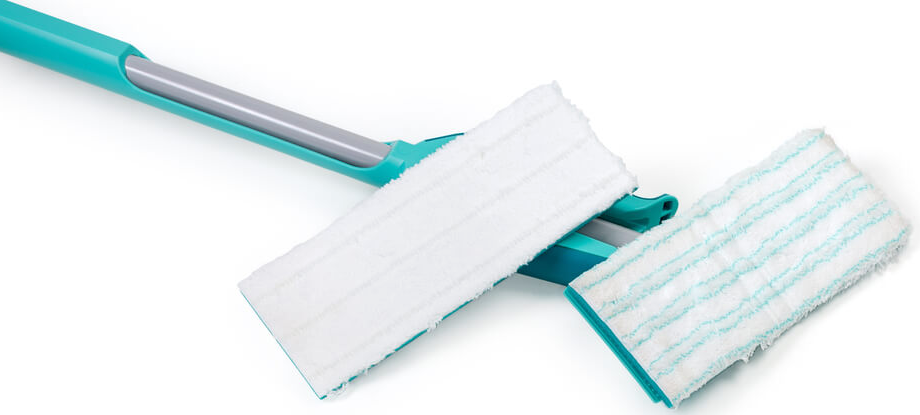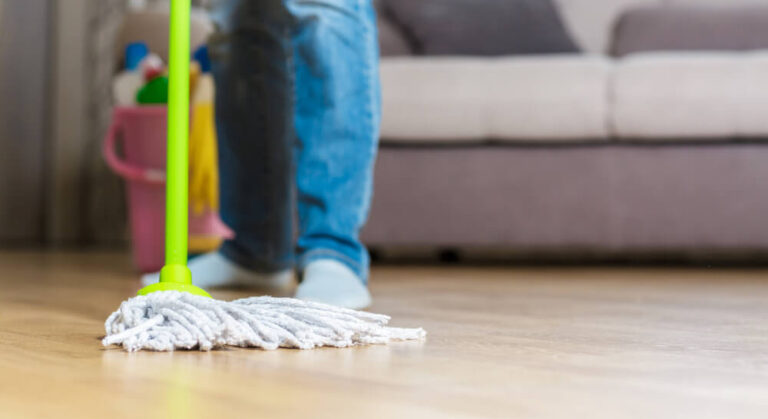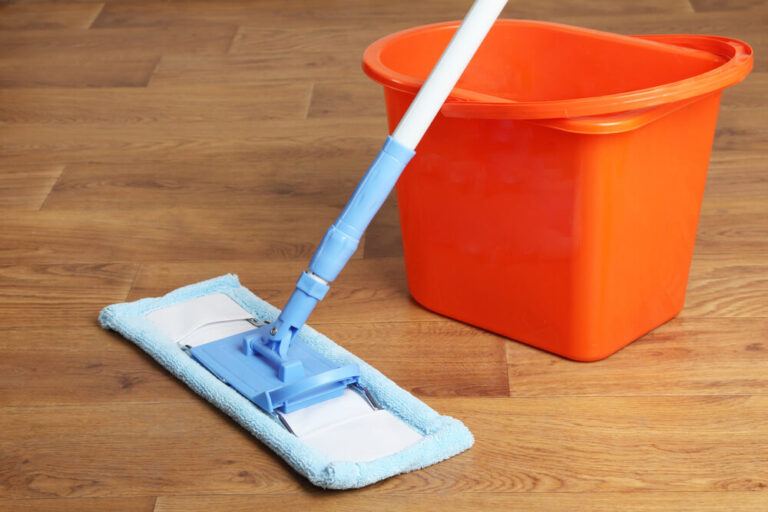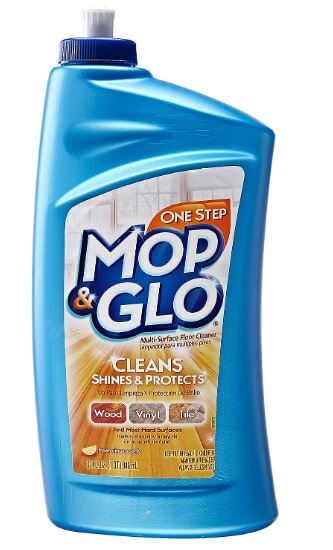Are Steam Mops Safe For Hardwood Floors❓

Steam mops have gained popularity as a convenient and efficient cleaning tool for hardwood floors. You must also have heard of it and should be thinking “Are steam mops safe for hardwood floors?”. Being flooring experts, we guide homeowners that when it comes to hardwood floors, there are some considerations to keep in mind.
Steam mops are safe for hardwood floors, if sealed. Otherwise, They may pose risks to them due to the potential for moisture damage and high temperatures. However, you can use them successfully with proper care. Follow manufacturer guidelines, test in a small area, and use low heat and minimal moisture for safe steam cleaning methods for hardwood floors.
After performing extensive research, we have come up with this detailed guide. This article explains the correct use and safety of using steam mops on hardwood floors to provide valuable insights for homeowners.
Let’s study,
Before delving into the safety of steam mops, it is essential to understand the nature of hardwood floors. Hardwood is a natural flooring, which is made up of real wood planks that are susceptible to moisture and heat.
How Do Steam Mops Work?
Steam mops use hot steam to sanitize and clean various surfaces. They work in following easy steps:
- Steam mops come with a water tank that heats the water to produce steam.

- Once the steam is produced, it is released onto the floor through a mop pad, which is attached to the mop’s base and absorbs the dirt and moisture during cleaning.
- The heat and moisture from the steam break down dirt and grime, kill bacteria and germs on the floor surface, and provide a deep cleaning effect.
Some steam mops also offer adjustable steam settings for different floor types and cleaning needs.
Things To Consider Before Steam Mopping Hardwood Floors
While steam mops are effective for certain floorings, including tiles and vinyl, the safety of using them on hardwood floors is a matter of concern. Here are some key factors to consider before using steam mops on hardwood floors:
1. Moisture Exposure
Excessive moisture is a primary concern when using steam mops on hardwood floors. Hardwood is susceptible to water damage, and prolonged exposure to steam can lead to swelling, warping, or cupping of the wood. The moisture can also penetrate the seams and joints, causing damage to the subfloor. This may result in creaking at night and eventually a complete destruction.
The World Floor Covering Association (WFCA) Warns on the use of excessive water for cleaning hardwood floors.
2. High Temperatures
Steam mops generate high temperatures which harm the protective finish and the wood itself. Excessive heat can cause discoloration, cracking, or warping of the wood. Therefore, It is important to ensure that the temperature of the steam mop is appropriate for hardwood floors and avoid prolonged exposure to intense heat.
3. Finish and Sealing

The type of finish and sealing applied to hardwood floors plays a significant role in determining their resistance to moisture and heat. Some finishes, such as polyurethane or aluminum oxide, provide better protection against water and heat damage. However, even with a protective finish, it is essential to be careful when using steam mops to prevent any damage.
How To Use Steam Mop On Hardwood Floors Without Any Damage?
Once you have analyzed the condition of your hardwood floors, now is the right time to effectively use steam cleaners on your wooden floor. Given below is the step by step guide to help you out in this tedious task:
- Prepare the floor by removing loose dirt and debris through sweeping or vacuuming the hardwood floor.
- Read the instructions and recommendations provided by the steam mop manufacturer for use on wooden floors.
- Set the steam mop to the lowest heat and moisture settings to minimize the risk of wood damage.
- Before cleaning the entire floor, test the steam mop in a small area to ensure it doesn’t cause any adverse effects.
- Slowly and gently move the steam mop over the hardwood floor, avoiding excessive moisture and extended exposure in one spot.
- Replace the cleaning pads as needed to prevent the accumulation of dirt and moisture, which can damage the wood.
- After steam cleaning, allow the hardwood floor to air dry completely to avoid trapping moisture.
Remember to follow these guidelines to minimize any potential damage.
Best Practices for Using Steam Mops on Hardwood Floors
While the safety of using steam mops on hardwood floors can be a subject of debate, it is possible to minimize risks by following these best practices:
1. Check Manufacturer Guidelines
Always read the manufacturer’s guidelines and instructions for your specific hardwood floor and steam mop model. They may provide specific recommendations or limitations regarding the use of steam mops.
2. Vacuum The Area First
Before starting steam cleaning, vacuum the hardwood floor to remove any loose dirt, dust, and debris. otherwise all this waste will be stuck in the mop pad and the efficient cleaning will not be achieved.
3. Test in a Small, Hidden Area
Before using a steam mop on the entire hardwood floor, test it in a small area. This test will help you assess any possible adverse effects on the wood, such as discoloration or damage.
4. Use Low Heat and Minimal Moisture
Adjust the steam mop to the lowest heat setting and use minimal moisture. Avoid prolonged exposure to steam and ensure the mop pad is not overly saturated.
5. Avoid Longer Exposures
Sometimes, you get busy in any other task and leave the ON steam mop on any particular area. This continuous heat exposure damages the specified portion. It is advised to turn off the cleaner when going for some other activity.
6. Remove The Mop Pad

Once you are done with cleaning, remove the mop pad when the cleaner is cool. The moisture in the wet pad may favor microbial growth. This may damage the mop as well. Wash the pad thoroughly and reinstall it into the mop when ready for the next cleaning session.
These tips will help you use the steam mop without any damage for a long time.
Conclusion
Safety of using steam mops on hardwood floors depends on various factors such as moisture exposure, heat levels, and the type of finish. While some homeowners have successfully used steam mops on hardwood floors, it is essential to exercise caution, and follow manufacturer guidelines to ensure the long-term integrity and beauty of your hardwood floors.
If you find this article helpful, share your experience below in the comment section.







Very interesting article! Visit us at HealthcareToday.id to explore a world where health and knowledge meet. Dive into our vasteatures designed to empower you in taking charge of your health and wellness journey. We cover topics that range from common medical conditions and their latest treatments to nutrition advice, exercise tips, and mental health strategies